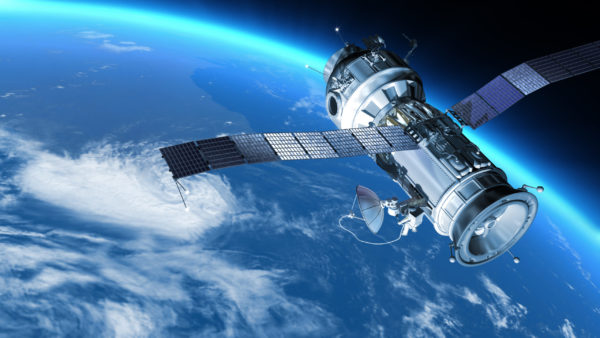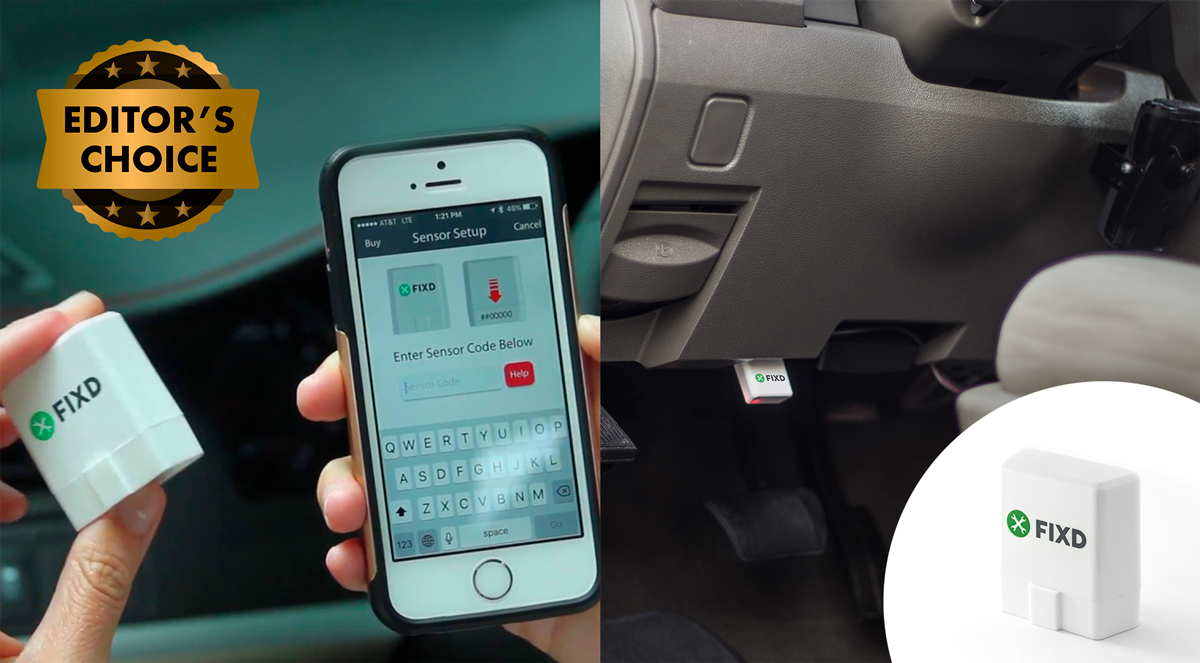GPS (Global Positioning System) is one of the most useful and widespread technologies used today. We utilize it for everything from driving to choosing where to shop and eat. But what is GPS exactly and how does it work? We break down this popular locating technology and throw in some cool facts along the way.
What is GPS?

The Global Positioning System is a satellite-backed navigation system made up of more than 24 satellites in space.
Some key features make GPS popular with manufacturers and users. They include:
- It works anywhere in the world
- It works in all weather conditions
- It runs 24 hours a day
- It requires neither subscription charges nor setup fees
The satellites that drive the location system were originally put into orbit by the US Department of Defense. In the 1980s, they were made available for civilian use.
3 satellites and an echo: How GPS works

The GPS satellites up in space travel around the Earth twice a day in a precisely defined orbit. Each one emits a unique signal that informs GPS devices to decode and compute its precise location. GPS receivers, like your cellphone, use trilateration to calculate a user’s exact location.
Here’s how it works: Your GPS receiver (usually embedded in a device like your phone, drone, or some other gadget) can measure the distance to each satellite by the amount of time it takes to receive a transmitted signal – kinda like how your old Physics teacher said you could measure the distance between yourself and a wall using your echo. When you try to find your location, your GPS receiver measures your distance away from a few satellites to determine your exact position on the Earth and display it on a screen.
Modern GPS receivers can track up to eight or more satellites so you don’t get lost. Once your position is determined, your receiver can figure out other cool stuff like:
- Speed
- Track
- Bearing
- Distance away from your destination
- Length of trip
- Time of sunset and sunrise
The system needs at least three satellites to get a 2-D position (marked by longitudes and latitudes) and track movement. When four or more satellites are available, your GPS receiver can determine a 3-D position (longitude, latitude, and altitude).
GPS isn’t always accurate
GPS is usually extremely accurate, thanks to its multi-channel design that allows tracking even under dense tree cover and urban areas with high buildings. Some things can affect its accuracy, though, leading to miscalculated positions. Some sources of GPS signal errors include the following.
Delays in the ionosphere and the troposphere
Satellite signals change speed and slow down as they travel through the atmosphere. Your GPS receiver is usually able to make adjustments for this perfectly normal behavior but sometimes it trips up.
Signal multipath
A signal can get deflected off its path when it reflects off objects like large rocks and tall buildings.
Errors in the receiver’s clock
GPS satellites work with atomic clocks, which are the most accurate clocks available, whereas receivers do not. This may cause errors in calculations when the clocks are out of sync.
Orbital errors
When the satellite’s reported location is wrong, you can expect faulty results across your screen.
The number of satellites being tracked
The more satellites your receiver can track, the more accurate the calculation of your position will be. The lower the number of satellites, the poorer the result. Some high-end receivers can even keep track of satellites while under tree cover or inside buildings.
Satellite geometry/shading
Satellite signals are better at positioning when the emitting satellites are located at wide angles relative to each other, rather than in tighter angles or a line.
Selective availability
Historically, the US Department of Defense has applied Selective Availability (SA) to satellites to make signals less accurate to keep bad actors from profiting from the highly accurate readings that GPS gives. This hasn’t happened since May of 2000, however.
Despite these sources of potential error, GPS is still highly accurate, as you can probably attest. Still, they’re worth noting for those frustrating times when your Google Maps app keeps pointing you in the wrong direction.
The more you know
GPS is a great way to ensure you make it home safely. Was there a time it came in especially useful for you? Were you lost on a forest or desert road? Comment your story and share this article with your friends.
This article was brought to you by FIXD: The device that can save you HUNDREDS on car repairs!
GPS isn’t the only technology that has completely changed the way we use our vehicles! FIXD is a new invention that lets you “talk to your car” – it plugs easily into any car made after 1996, then tells you what’s happening in plain English. Now you can confidently avoid unnecessary trips to the mechanic (and save thousands of dollars in repairs)!
Click here to find out how much time & money FIXD can save you on car repairs.
